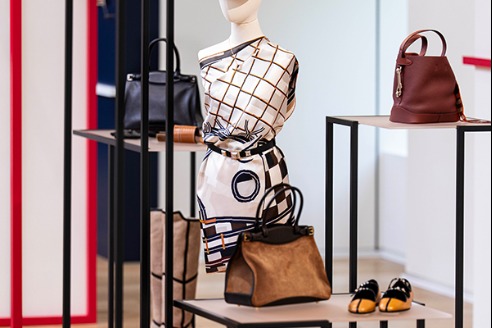Chinese kite maker keeps a lost art flying

 |
| Almost every household was involved in making kites in the old days, but now the craft has been verging on extinction amid China's modernization.[Provided to China Daily] |
Liu's great-grandfather was a craftsman serving in the Forbidden City in the late Qing Dynasty (1644-1911). He was in charge of making lanterns, fans and kites. He had mastered kite-making skills passed down through the ages in the imperial palace.
In the turbulent years following the collapse of the Qing Dynasty, kite flying lost its popular appeal. To support his big family, his great-grandfather opened a dumpling shop in suburban Beijing, and made kites in his spare time.
Liu's grandfather and father inherited the art of kite-making, but it was impossible to subsist on the craft alone. Regrettably, many of the drafts, drawings, samples and records of kites failed to survive the "cultural revolution" (1966-76).
Liu recalls the day his grandfather flew a dragon kite train on Tian'anmen Square in 1982. It was 130-meters-long, comprising a dragon head and 270 similar kite sections to form the body. Liu Bin, then 5, watched as people thronged to the square, cheering the flying "dragon".
Fascinated by the craft, Liu assembled his first kite at age 10. His parents found he had a flair for designing and crafting kites, so they decided to cultivate him as an inheritor.
After graduating from university with a major in graphic arts, Liu began his career in kites, while most of his schoolmates were employed to design "bigger things".
"I felt ashamed at first," Liu recalls. But he dared not refuse his family. In 2003, he began running a kite shop, and studied with master kite makers to upgrade his skills.
Liu has seen a growing revival of interest in kites. His business began thriving after a swallow kite in 2005 was designed to be one of the five Beijing Olympic mascots - the Fuwa Nini.
Swallows are migratory birds that arrive every spring in Beijing and fly south to winter. In Chinese folk lore, it is a sign of good fortune when a swallow makes a nest in one's house.
Kites brought Liu good fortune. In 2008, sales could reach 100,000 yuan a month. Media, including the Lonely Planet tour guide, and tourists flocked to his shop, as did visiting foreign leaders.




































